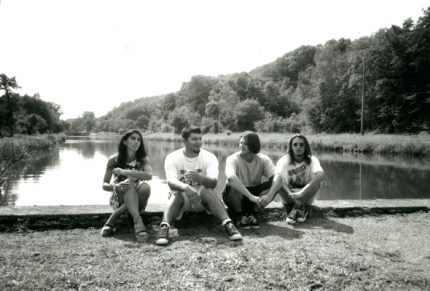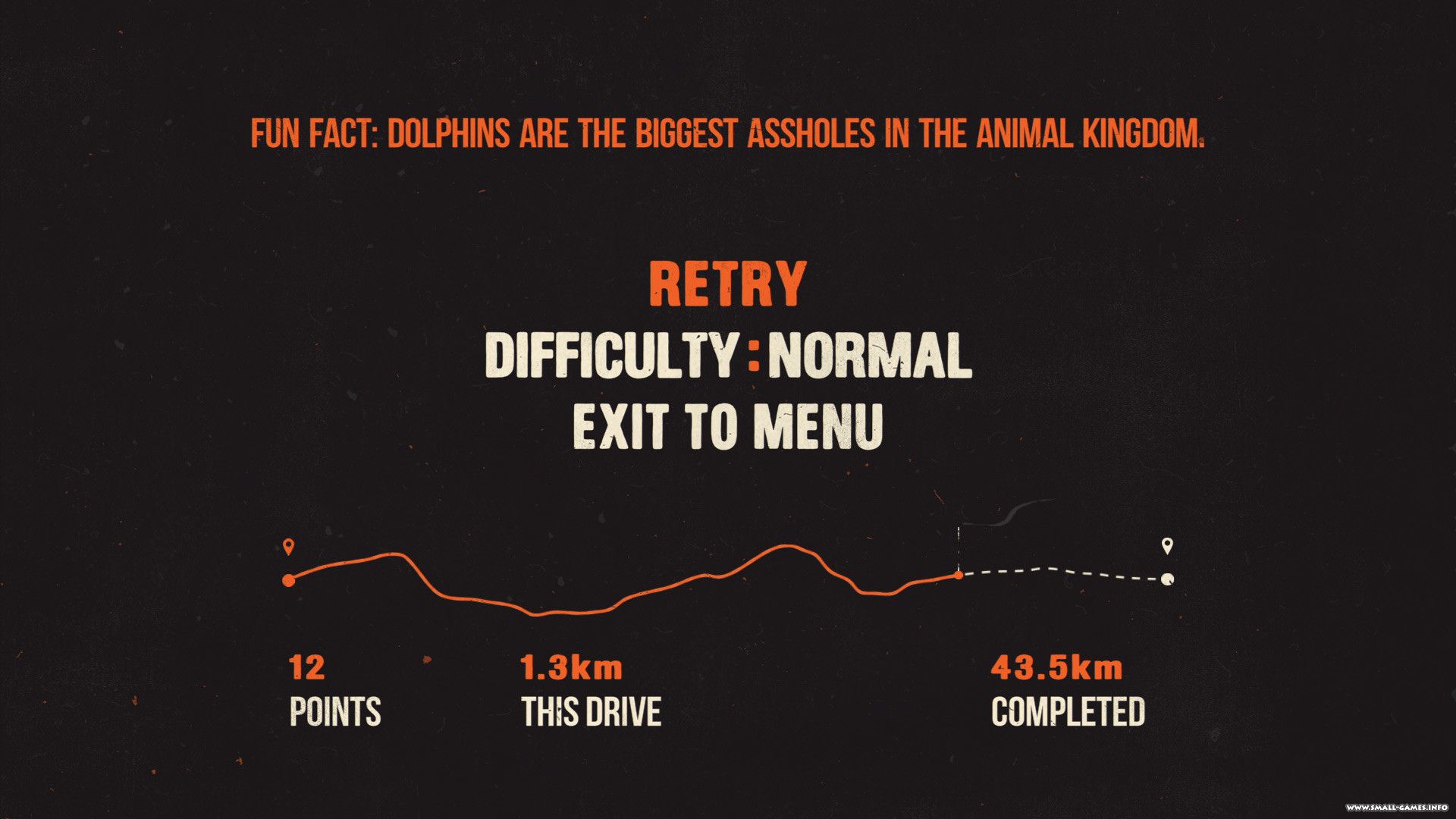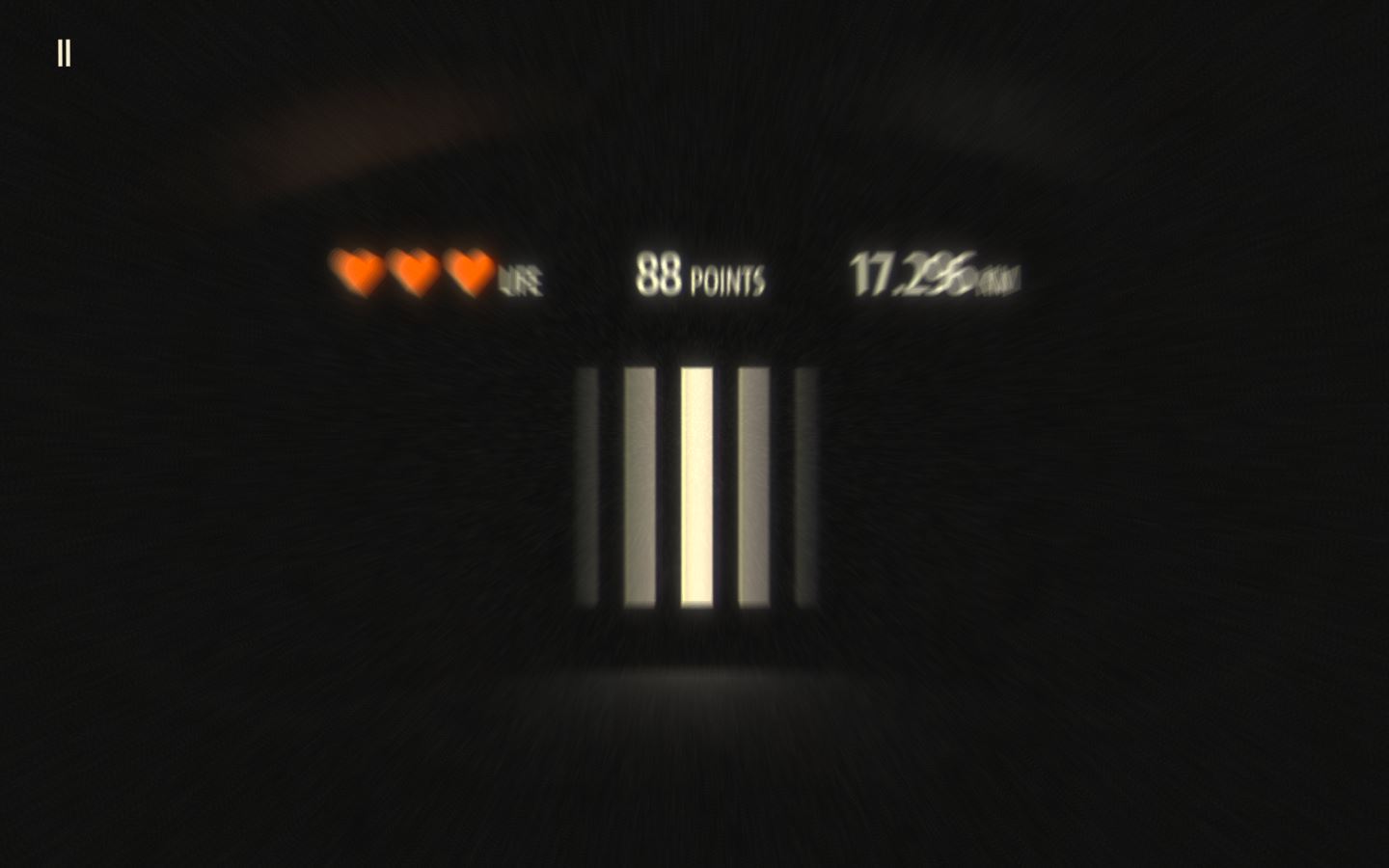

The ability of a lever arm to function within a single plane results in a more effective lever, but a rigid lever is a lever that is unable to absorb strain or adapt to variations in applied load and supporting surfaces. This relationship can be described as translation with compensated rotation. Although the transverse plane relationship between the leg and the floor changes, the CT band continues to deliver sagital plane load throughout the midstance phase of gait. Distal compensation is accomplished by motion at the subtalar joint and midtarsal joint. This transverse plane rotation is accomplished proximally by external rotation of the pelvis. Transverse plane motion occurs between the leg and supporting surface, where the leg moves from an internally rotated position at the early midstance phase of gait to an externally rotated position at the toe-off phase of gait. One example of CT band rotation is rotation that occurs in the transverse plane.

Rotation does occur within the CT band but is typically compensated for by reciprocal or compensatory motion within the lower extremity. Excessive rotation contributes to CT band syndrome (CTBS.) Limited rotation does occur in the CT band and can help to make the CT band a more dynamic structure. The CT band moves the body’s center of mass forward, maximizing translation and minimizing rotation. Newton stated that if a line of force passes through the center of mass, there will be no rotation on that body. Another way to describe deviation from translation is to use Newton’s first law of motion. Deviation from translation results in rotation. Linear motion in a single plane is called translation. The CT band functions primarily in the sagital plane. Lever arms work most effectively in a single body plane. Inherited deformities include neuromuscular diseases such as Charcot-Marie Toothe Disease. Acquired deformities include posterior tibial tendon dysfunction or a complete rupture of the peroneus longus tendon. Congenital deformities include metatarsus adductus, calcaneal varus, pes planus or talipes equino varus. Type 2 CT Band Syndrome - Rotational Conditions and Injuries –Ĭonditions and injuries that promote deviation of CT band dynamics from the sagital plane will result in rotational CT band syndrome (CTBS 2.) Rotational CT band injuries may be due to congenital, acquired or inherited deformities of the foot. Type 1 CT Band Syndrome - Translational Conditions and Injuries -Ī sustained increase in the duration of loading, frequency of loading or amount of load applied to the CT band in the sagital plane may result in translational CT band syndrome conditions and injuries (CTBS1.) Common CT band syndrome translational injuries include plantar fasciitis and Achilles tendonitis. CT band syndrome occurs as the result of repetitive loading that cannot be repaired within a reasonable period of time (usually 24 hours.)ĬT band syndrome is a group of related conditions and injuries that have a translational or rotational basis for their onset, continued presence or recurrence. The sum of force and load carried by the CT band can be so great that it results in injury of one or more of the structures of the CT band. The gait cycle repeats itself over and over throughout a typical day. So what actually causes CT band syndrome? The force generated by the CT band limits the forward excursion of the tibia over the foot during the gait cycle. A partial list of those problems include: And to continue walking, the cycle begins again with contraction of the CT band in the opposite leg.ĬT band syndrome (CTBS) refers to a number of overuse problems found within the course of the CT band. An actual fall is avoided as we put our opposite foot forward. The CT band creates a dynamic interface with the supporting surface (the ground), controlling the forward rate of the tibia (lower leg) over the foot. That forward fall is initiated by the body's center of mass moving forward. Researchers in the field of biomechanics believe that walking is no more complex than a controlled forward fall. One arm of the nutcracker applies force (effort arm) while the other arm provides resistance (resistance arm.) A good analogy is to describe The CT Band as another common lever: a nutcracker. The effort arm delivers force through The CT band using the ankle as the fulcrum or hinge.

In The CT band, the calf is the effort arm and the foot is the resistance arm. Levers consist of an effort arm and a resistance arm. Levers are machines that use force to move load.


 0 kommentar(er)
0 kommentar(er)
